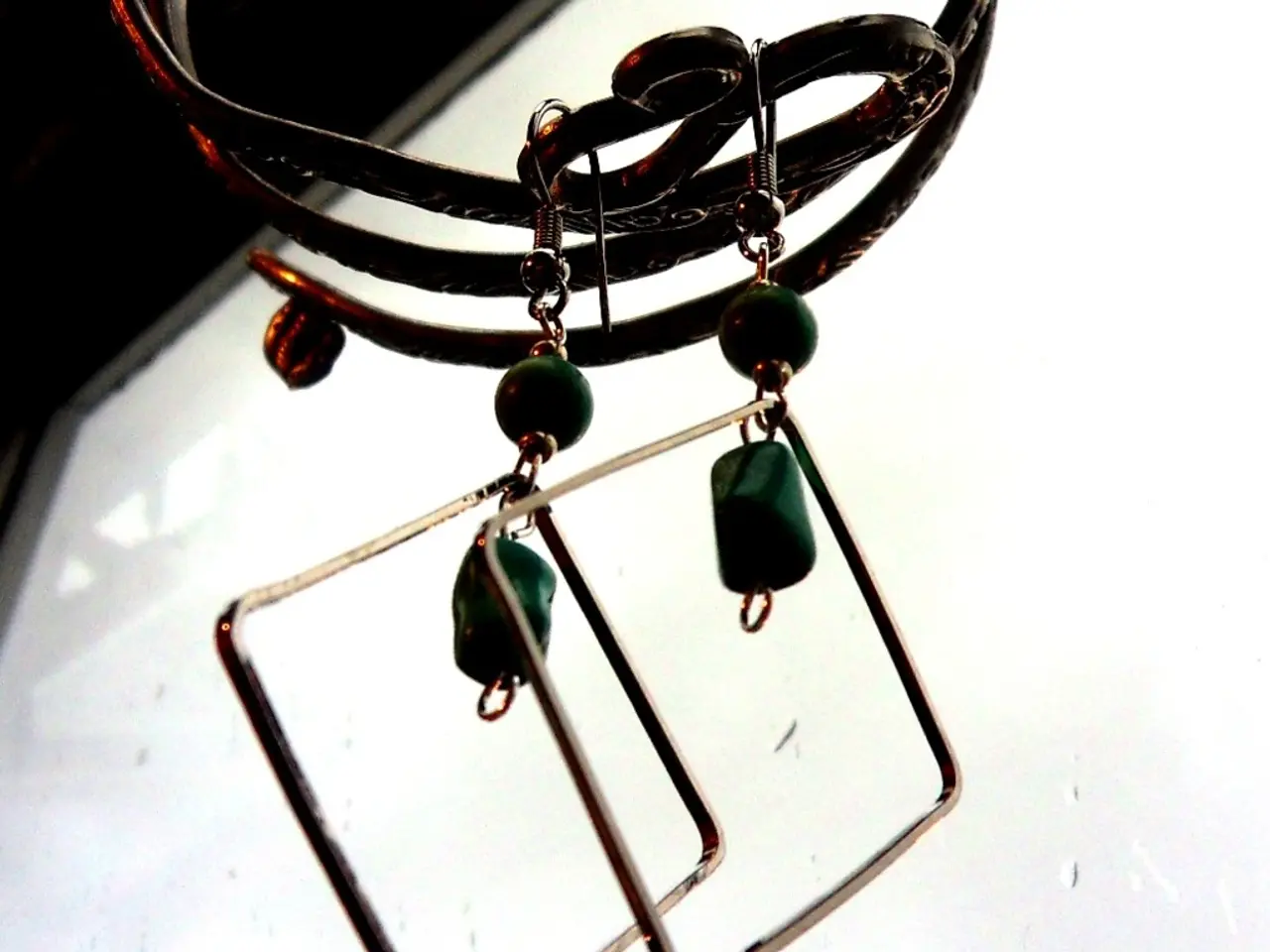Seborrheic Dermatitis Home Treatments, Causes, Symptoms, and Additional Information
Sebopsoriasis is a unique skin condition that shares symptoms with both psoriasis and seborrheic dermatitis (SD), but it presents distinct features that require a tailored treatment approach.
Symptoms Overlap but Differences Exist
Sebopsoriasis, psoriasis, and seborrheic dermatitis each have their own characteristic symptoms. Psoriasis is characterised by thick, well-demarcated red or purplish plaques with silvery-white scales, often found on elbows, knees, scalp, and lower back. Seborrheic dermatitis, on the other hand, presents as flaky, greasy scales on the scalp, face, and other oily areas, with mild inflammation. Sebopsoriasis, however, is a transitional condition where the two conditions coexist or overlap, resulting in red, scaly patches typical of psoriasis mixed with the greasy scales typical of seborrheic dermatitis, often affecting the scalp and areas rich in sebaceous glands.
A Combined Treatment Approach
The treatment of sebopsoriasis necessitates a combination of antifungal and anti-psoriatic therapies. Antifungal agents, such as topical antifungal medications and ketoconazole shampoo, are used to reduce Malassezia overgrowth. Topical corticosteroids or vitamin D analogues are employed to manage psoriasis-like inflammation, while salicylic acid may be used to help remove scales. The treatment is often tailored depending on the dominant features and patient response.
Treatment for Psoriasis and Seborrheic Dermatitis
Psoriasis treatment mainly targets immune-mediated inflammation and rapid skin cell growth. Topical corticosteroids, vitamin D analogues, retinoids, moisturizers, and salicylic acid are used for mild to moderate disease. Phototherapy (UV light) and systemic medications like methotrexate, cyclosporine, and biologics are used for moderate to severe cases.
Seborrheic dermatitis treatment, on the other hand, focuses on reducing yeast colonization and inflammation. Topical antifungals such as ketoconazole or ciclopirox, mild topical corticosteroids or anti-inflammatories, frequent washing with gentle shampoos, and agents like tea tree oil or sulfacetamide are used. Phototherapy can help inhibit fungal growth and reduce inflammation.
Important Considerations
Systemic medications, such as methotrexate, acitretin, and cyclosporin, are rarely prescribed to treat sebopsoriasis and are typically used for severe psoriasis. A doctor may change the diagnosis from sebopsoriasis to SD or psoriasis, depending on how a person responds to treatment. Topical corticosteroids, which reduce inflammation, can be found in shampoos, gels, creams, and emollients, but they should be used with caution, especially on the face. Phototherapy is often not effective for treating sebopsoriasis because it affects areas of the skin that already receive a lot of UVB exposure from the sun. Ketoconazole shampoo can be beneficial when used in combination with topical corticosteroids.
It is crucial to consult a healthcare professional for accurate diagnosis and treatment of sebopsoriasis. Early treatment can significantly improve the outcome.
In the realm of health-and-wellness, understanding medical-conditions like psoriasis, seborrheic dermatitis, and their transitional state known as sebopsoriasis, is essential for someone's skin care. For instance, treating sebopsoriasis may involve a combination of science-backed therapies, such as antifungal agents for Malassezia control, and anti-psoriatic measures to address psoriasis-like inflammation, all aimed at providing a tailored solution for this unique skin condition.




